6. Hocus Pocus
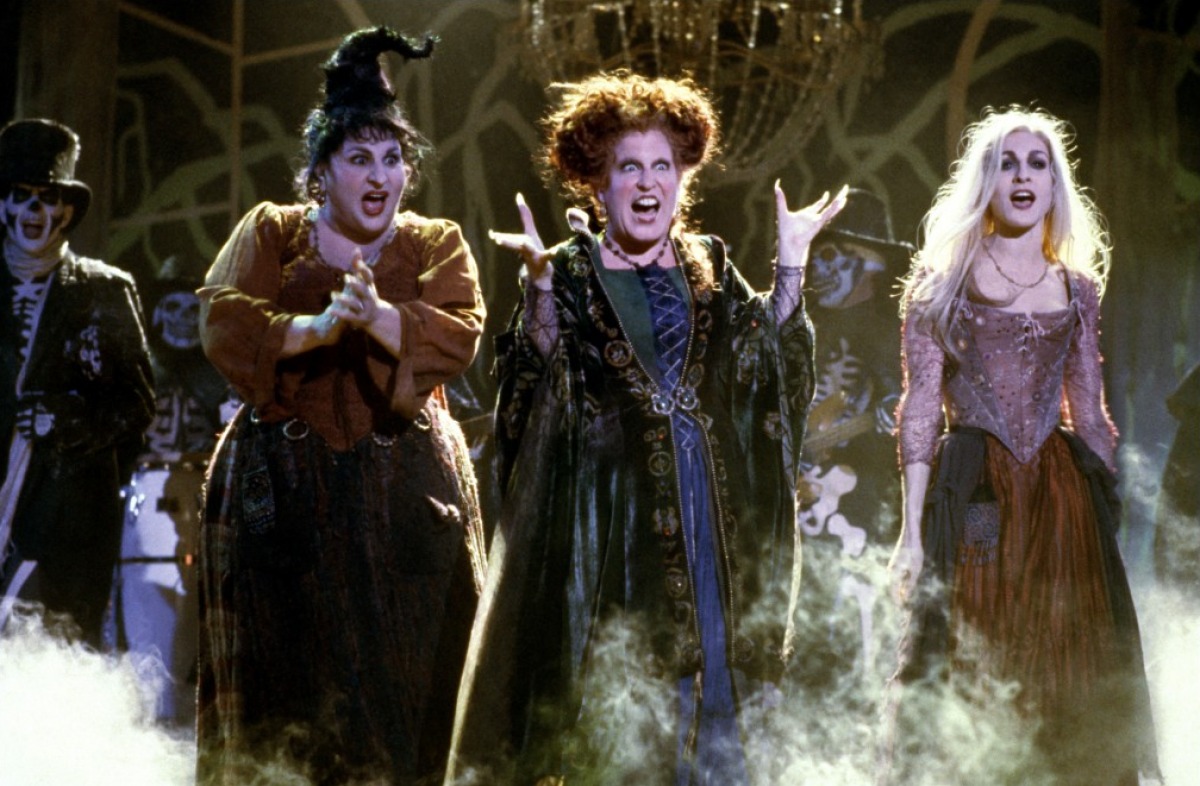
Halloween is for children more than anyone else. Surely, it should not have taken a century of cinema for Hollywood to produce a big budget Halloween children’s film. Since no one else was apparently willing to do it, Disney saw a need and filled a need – to a degree. The company’s elites apparently were not sold on the film’s simple yet somehow original concept, so they brilliantly released the film in July.
The film predictably bombed, but that did not stop the Disney Channel and ABC from airing the film ad nauseum every October for the next quarter century. Is the film brilliant? No. Mick Garris’ screenplay is nothing more than standard, but the actresses who play the film’s three witch villains – Bette Midler, Sarah Jessica Parker, and Kathy Najimy – ham it up so much they give Vincent Price a run for his money and make the film enjoyable.
Adding to the film’s cult appeal is the fact that it contains elements rarely found in family films, like zombies, cats getting run over, and frank discussions of virginity. Hocus Pocus will remain a Halloween cult classic forever more – or at least until a director with a little more talent decides to make a Halloween children’s film. Eli Roth doesn’t count.
7. Session 9
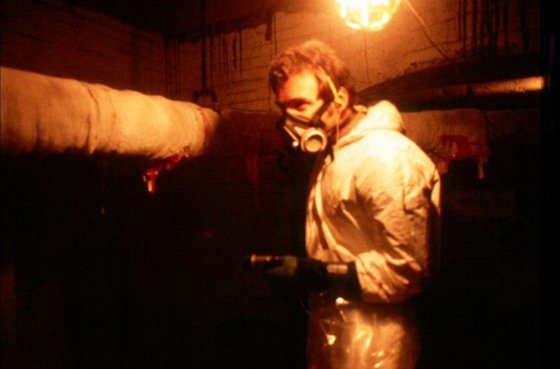
Horror can be subtle. This apparently mind-blowing idea rarely enters the brain of mainstream horror filmmakers, so leave it to a tiny independent production to realize that. Shot in an abandoned Massachusetts insane asylum, Session 9 has atmosphere for days that most films shot on constructed sets couldn’t hope to have.
The scenes where the film’s characters listen to audio recordings of a violent woman with multiple personality disorder inspires goosebumps, as if the viewer shouldn’t be watching the film.
Numerous horror villains are supposed to be insane, but these sequences of insanity carry a cruel authenticity rarely seen anywhere else. Those scenes and the setting are so good that one wishes they were used in a better film, instead of the umpteenth horror rip-off of The Murder of Roger Ackroyd.
The notoriety of a cult film, like that of a real cult, doesn’t need to be rooted in anything of quality. It just needs to be rooted in something truly different. The film’s cult may have been stronger if the asylum it was filmed in remained standing and became a pilgrimage site for horror fans. But it has been destroyed, like the memory of this film to all but the most dedicated cult film audiences.
8. Flash Gordon
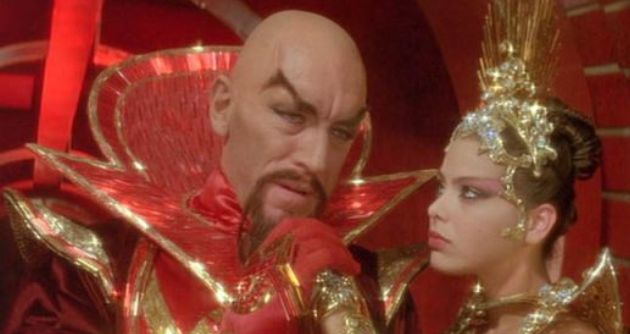
The staggering success of Star Wars inspired a legion of imitators, from Alien to Dune to Star Trek: The Motion Picture. For whatever reason, all of those films had a joyless seriousness to them, as if they were trying to imitate the middle portion of 2001: A Space Odyssey rather than Lucas’ opus.
Enter Dino DeLaurentis’ Flash Gordon, a glitzy joyride that epitomized what every popcorn movie should try to be. It’s got joy, heroism, fun and eye candy galore, provided by the film’s stars, sets and wardrobe.
Like some Bollywood films, this Italian production was trying so desperately hard to be a Hollywood production that it’s almost too Hollywood; it’s more heart on its sleeve and bright eyed than Frank Capra or Walt Disney ever dared to be, and that is part of the appeal. Never again will we see a film where the heroes are saved by alien Vikings with hawk wings; a fact like that makes you wonder if life is worth living.
9. The Hitcher
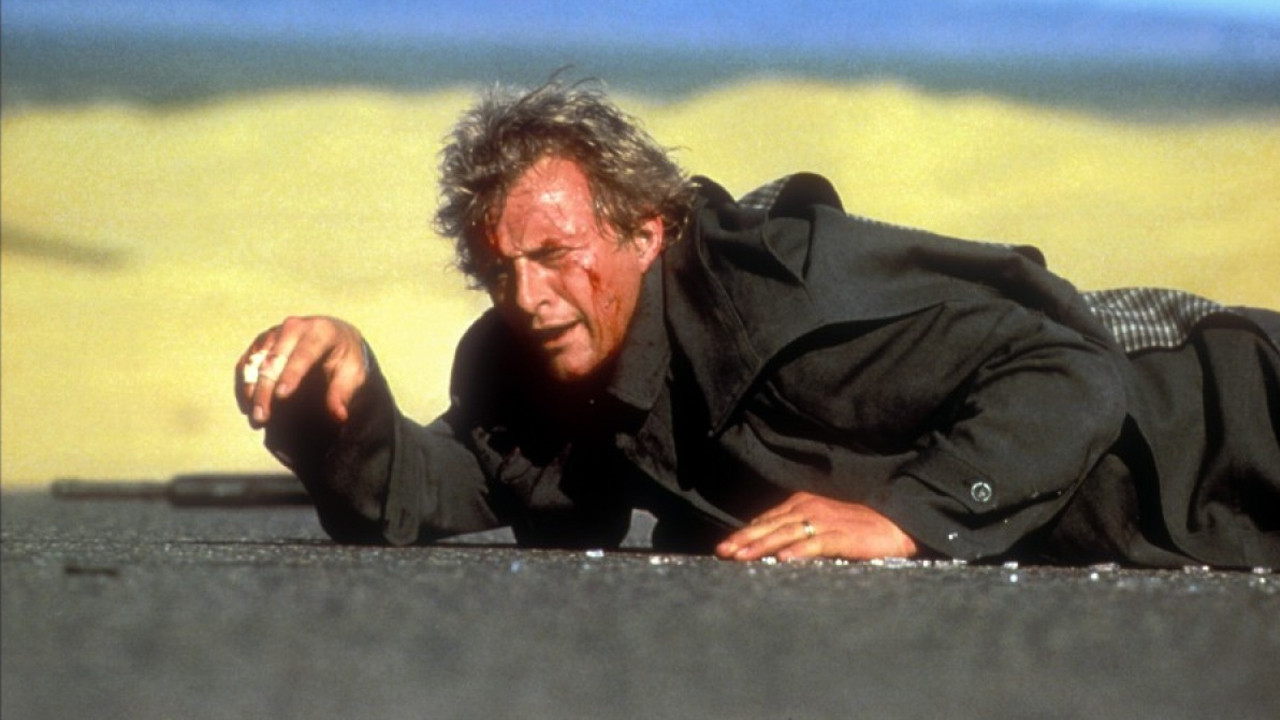
The Hitcher is a head-on-dive into the greatest of all horrors: nihilism. The title character is evil and feels omniscient at times, but his nature and motives are never revealed. He’s just a cruel force of nature, hunting one protagonist and his girlfriend down for no reason.
The reason that The Hitcher flopped wasn’t because it was a bad film, it was because it didn’t fit in with the prevailing trends of horror. In 1980’s horror films, the forces of evil were usually defeated by the end of the picture, even if it was clear that they would come back to fight the heroes another time a la A Nightmare on Elm Street.
Here, evil uniquely triumphs, and the only real relief that the audience is given is how over the top Rutger Hauer is at certain points. What also hurt the film’s mainstream appeal was just ow brutal its violence is. In most horror films, there is an unspoken rule that killings and dismembering either have to be tame enough that fourteen-year-olds can handle them or so over the top that they become cartoonish.
The Hitcher bucks the trend by featuring violence that’s more potent than most movies’ violence but not extreme enough to be silly. It repelled most moviegoers but found a way into the twisted hearts of the genre’s most ardent fans.
Director Robert Harmon and company should be proud that the film eventually found an audience large enough that it warranted a 2000’s remake by Michael Bay. Or maybe they should hang their heads in shame.
10. Faster Pussycat! Kill! Kill!
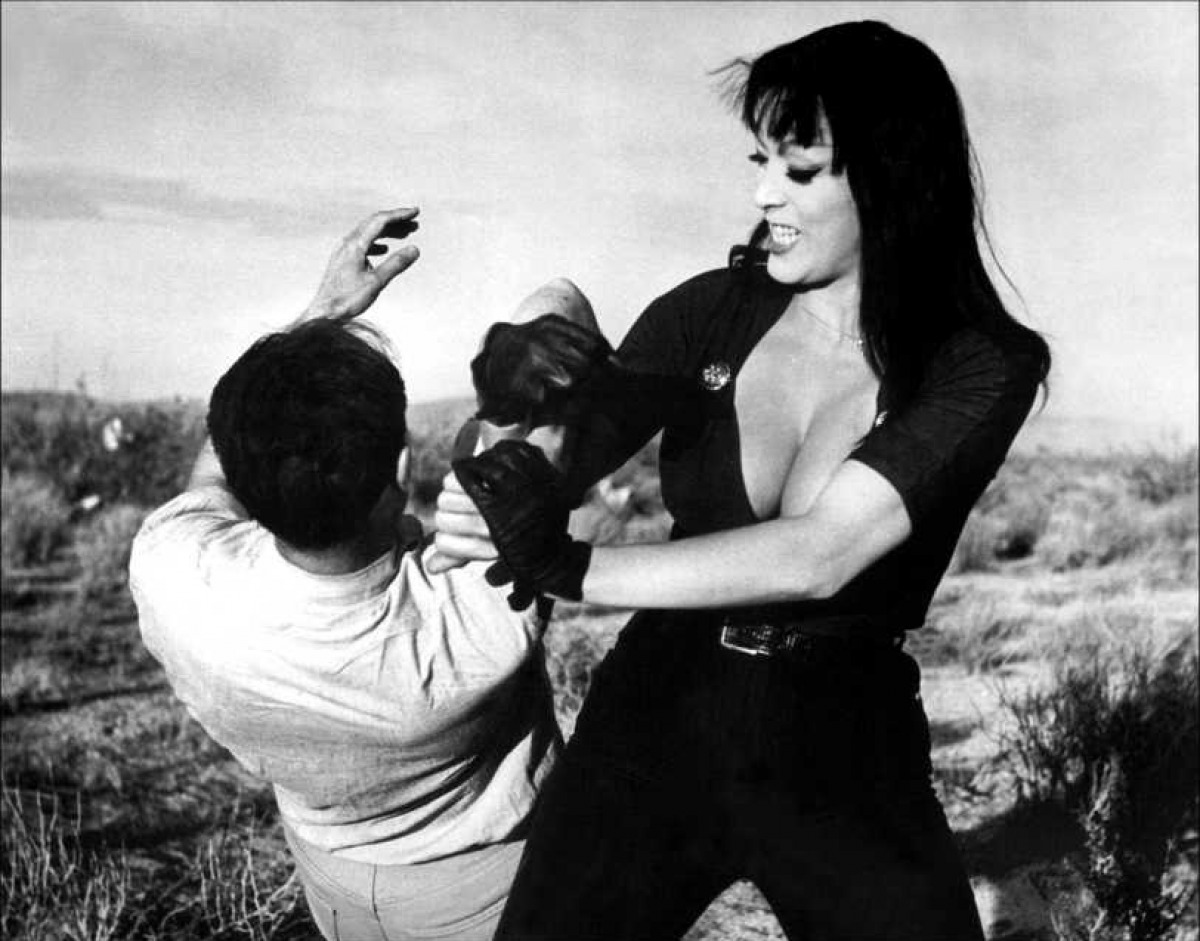
Like The Incredibly Strange Creatures Who Stopped Living and Became Mixed-Up Zombies or Don’t Be a Menace to South Central While Drinking Your Juice in the Hood, Faster Pussycat! Kill! Kill! was probably guaranteed a decent following thanks to its ridiculous title alone.
The fact that it’s an actually good movie is incidental, at least in regard to its cult following. Director Russ Meyer elicited offbeat and highly engaging performances out of his cast of unknowns and created some truly compelling weird dialogue – who could look at Columbus the same way after watching this film? Faster’s stark black and white shot compositions rival even Greg Tolland’s best work – all for a film about a trio of go-go dances on the run.
Meyer may have been making trash, but that didn’t preclude him from making art. By making art and trash, he mastered the two most impactful filmmaking forms. What more could one ask for from a filmmaker? One could argue that Meyer was an even more accomplished director than Orson Welles, who throughout his three decades as a director, had merely mastered art. Of course, if someone seriously made that argument, they would need to get their head checked.